The Man with a Plan
Scott Freres and his Chicago firm (with plenty of Badgers on board) are influencing popular urban landscapes across the country.
In a loft space overlooking popular bars, restaurants, and a doughnut shop where people line up for blocks in Chicago’s River North neighborhood, Scott Freres ’86 glances at a collection of urban development plans that have created similar buzz.
There’s a sketch of the Irish Green lawn at the University of Notre Dame, a new beloved gathering space. There are renderings of a reinvigorated Main Street in downtown Kenosha, Wisconsin. And there are plans from ten former industrial towns in Oregon that are starting to bustle again after years of struggle.
The designs are tacked to his bulletin board to remind Freres of the projects he has been a part of since he co-founded The Lakota Group, an urban planning and landscape architecture firm, twenty-one years ago. One of the thumbtacks has special significance: it’s a Motion W, the iconic athletics logo from his alma mater, a place Freres credits with setting him on his path. Today he’s at the forefront of change as urban planning and landscape architecture have evolved into a blended industry.
“[The university] gave me a fundamental platform that I built my career around,” says Freres, who shows his appreciation by returning to campus for guest lectures and sitting on the content and design committee for Alumni Park, a green space that the Wisconsin Alumni Association is developing next to the Memorial Union.
Freres has made it a priority to hire UW graduates at his firm, where today five of the sixteen full-time employees are alumni, and others have passed through over the years.
“There are other Wisconsin alumni looking out for fellow Badgers. … It’s good to know these kinds of employers exist,” says Sarah White ’04, a senior planner and landscape architect at the firm.
Freres, who grew up in suburban Chicago, knew by the time he turned eighteen that he wanted to bring people together with architectural designs that respect the environment. While touring the UW, the view looking down Bascom Hill to State Street convinced him that Madison — where nature seemed harmoniously paired with development — would be the ideal place to study.
But when he enrolled in the 1980s, landscape architecture was not the trendy, almost assumed aspect of urban planning that it is today. Freres’s courses focused on wholly environmental topics such as natural resources, wildlife, and resource protection, with less attention paid to the urban environment. People commonly confused his career choice with wanting to be a gardener.
“If you called yourself a landscape architect twenty-five years ago, the first question from your mom was, ‘Do you get your name on the side of the truck?’ ” he recalls. “[People think] you’re the guy putting the bushes in when they’re done designing the building.”
In those days, Freres explains, landscape architects were an afterthought in major development projects, brought in to help think through site-specific issues, or to choose plants.
But changes in the way society now thinks — with a new awareness of the environment, a focus on quality-of-life issues, and an interest in learning from examples around the world — have allowed landscape architects to become key members of the design and planning process.
“Today, the landscape architecture world can be much broader,” he says. “It can be much more at the macro level of addressing community-planning issues, addressing policy issues, and community engagement. Twenty years ago, that was not part of our role at all.”
To broaden his experience while still a student, Freres took a full-time job with campus facilities planning, where he helped with a renovation of the Memorial Union Terrace. Upon graduating, he spent several years at major Chicago architectural firms — often as one of the only landscape architects on staff — working on making architectural projects more sustainable.
As green concepts became more en vogue, Freres and colleague John LaMotte ’80 were inspired to start their own company, The Lakota Group. Choosing a Native American term that means “allies” as a nod to its respect for the environment and community building, the firm offers public and private urban planning and design, landscape architecture, and historic preservation. A sampling of the firm’s projects is featured here.
A trailblazer for merging urban design and landscape architecture, Freres says he’s heartened to see dozens of firms across the region enter the arena. He welcomes the competition, and notes that the growth is also inspiring universities to retool their courses to better reflect the shift.
Broadening his industry means good things for generations to come, he says, adding, “Landscape in the world I live in is about designing people spaces.”
Vikki Ortiz Healy ’97 is a reporter for the Chicago Tribune
Published in the Summer 2014 issue


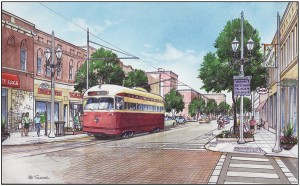
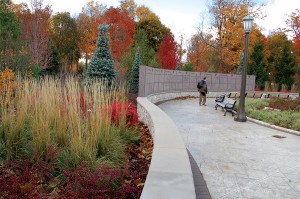
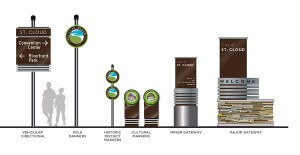


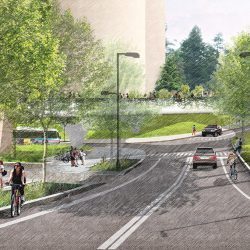
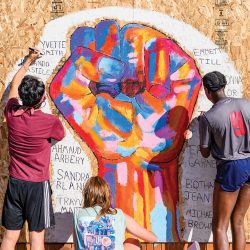
Comments
lalala August 27, 2014
bring some cherry trees … just like in uw-seattle